IT Band Anatomy
The Iliotibial (IT) band runs the length of the outer portion of your thigh; from the top of the pelvis (ilium) to the lower leg (tibia). The IT band helps with extension, abduction, and rotation of the hip. It also contributes to knee stability. It’s a long piece of connective tissue called fascia that is thick and tough.
What Is IT Band Syndrome?
IT band syndrome (aka runner’s knee) can develop when there is a sudden increase in exercise. For example, a movement like running downhill is a common culprit as the knee is kept bent for a prolonged period. Runners tend to be prone to this issue when they make a mileage jump. Other factors which may increase your risk are running in worn-out shoes, high mileage runners, having a bow-legged stance, running in cold weather, starting too aggressively on a new workout routine, gait abnormalities (for example overpronation or being flat-footed), poor hip flexibility/mobility, and inequalities in leg lengths.
Common symptoms are pain on the outside of the knee that is triggered by exercise and typically continues for the duration of the exercise. Pain is typically achy or burning and may spread upwards from the knee into the thigh and hip.
What Part Does The Glute Play?
Weakness of the gluteus muscles can force the IT band to become more tense as other muscles compensate to keep your hips level; a job that the glutes should be doing the majority of the work. This imbalance creates more friction along the IT band and can change the mechanics of our movement.
What Can You Do?
Foam Roller:
The opinion is varied on the benefits of foam rolling. The reason for this is people often do it wrong. The IT band itself that runs the lateral part of the thigh can become more irritated when aggressively rolled. To foam roll effectively, you want to stay closer to the hip where the glut and the tensor fascia latae muscles are located. It may also be helpful to roll your hamstrings and quads as surrounding muscles.
Stretching:
Tight hip flexors, for example, can interfere with glute firing. Stretching in a low lunch position can help to lengthen this muscle. It can be a bit of a tricky muscle to isolate, especially if you are also dealing with a tight quad. In this case, massage therapy can be helpful.
Strengthen:
We often find strengthening the muscles surrounding the hips and the glutes to be effective. By doing so, some of the tension in the IT band may be reduced. The glut med is a primary mover. What this means is it the main muscle used for a lot of the work with certain movements. When it decides to go on vacation (due to fatigue, injury, repetitive improper form), the stabilizers and accessory muscles have to kick into high gear to carry the workload. In the short term, this isn’t necessarily a big deal. However, over time, your body will start to misfire the prime mover and become too reliant on the smaller assistant muscles. So develops injury.
IT band rehab
A couple of exercises that can be helpful to IT band rehabilitation and even prevention of injury below are focused on the hip abduction movement primarily formed by the glut med muscles:
Hip abductor:
Strengthening the hip abductor can be done side lying or standing using a resistance band. Tie the band around an immovable object. Stand shoulder width apart with the bad around the ankle of the leg which is furthest from where the band is attached. Move the leg with the band attached outward while keening the knee straight. Bring the leg back to neutral in a controlled slow motion. Repeat on the opposite side. You can also do this without a resistance band using just the weight of your leg or using an ankle weight.
Glut medius:
Adding exercises such as bridges, fire hydrants and hip extensions can be a great way to focus on the glutes. There are plenty of options for glute strengthening depending on your fitness level.
Chiropractic care, physiotherapy and massage therapy can all be helpful in addressing IT band issues. Our team of healthcare providers are here to help in your journey. To book your appointment, please contact our clinics at 613 237 9000 (Glebe) or 613 860 8600 (Byward).






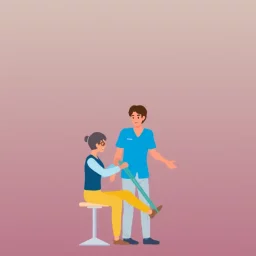
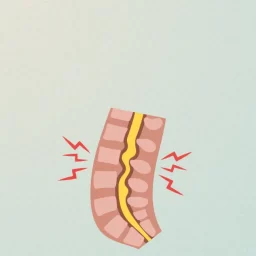
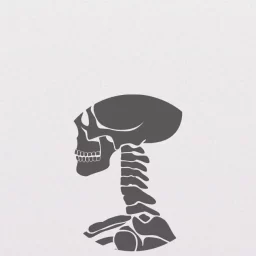

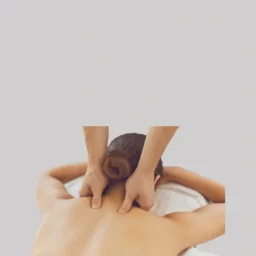
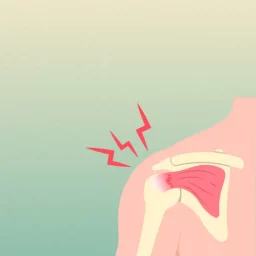
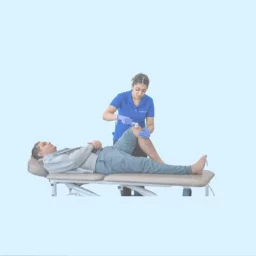



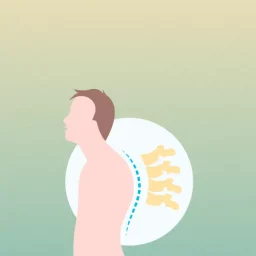
[…] pressure on the knee from kneeling on hard surfaces for example, overuse activities such as running or cycling, a direct blow to the knee, bacterial infection of the bursa, complications from OA, […]